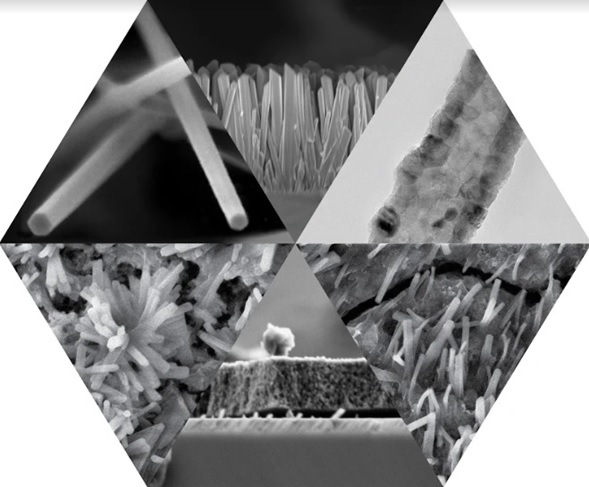ZnO Nanostructures Synthesized by Vapor Transport and Liquid Phase Synthesis Techniques: Growth and Properties
REVIEW
Abstract
In this review, we briefly describe work devoted in recent years towards the effective control of morphology, structure and optical properties of ZnO nanostructures, with particular focus on cost effective and simple methods for ZnO nanowires (NWs) fabrication. For the vapor transport technique, we describe in detail mechanisms for growth precursors generation, their transport in inert and forming gas, as well as their reactions on different pretreated substrates and corresponding growth mechanisms. As for low temperature synthesis methods, three techniques are outlined: sol-gel, solvothermal and electrophoretic deposition, with emphasis on effective morphology, structure and optical properties control. In this context, we discuss recent attempts to understand the role of solvent and alkaline agents used during solvothermal synthesis of ZnO nanostructures on their morphology and photoluminescence properties. Recent success of electrophoretic deposition of ZnO nanoparticles on pre-patterned silicon substrates in the form of NWs and NW bunches is highlighted over many previous attempts to fabricate ZnO NWs with inconvenient sacrificial templates. Finally, we present a critical discussion on the current understanding of passivation mechanisms of ZnO NW surfaces by MgO shells.


